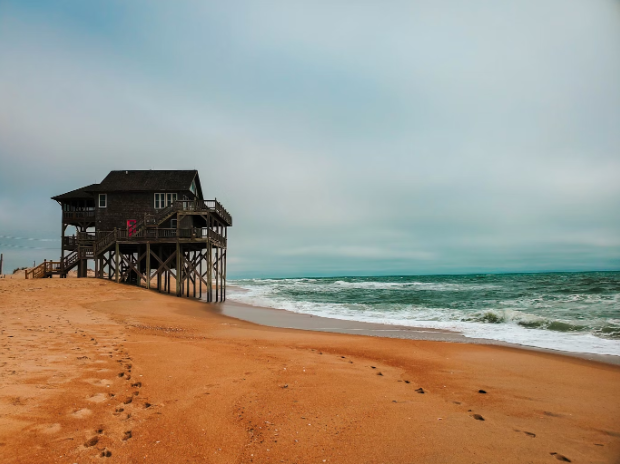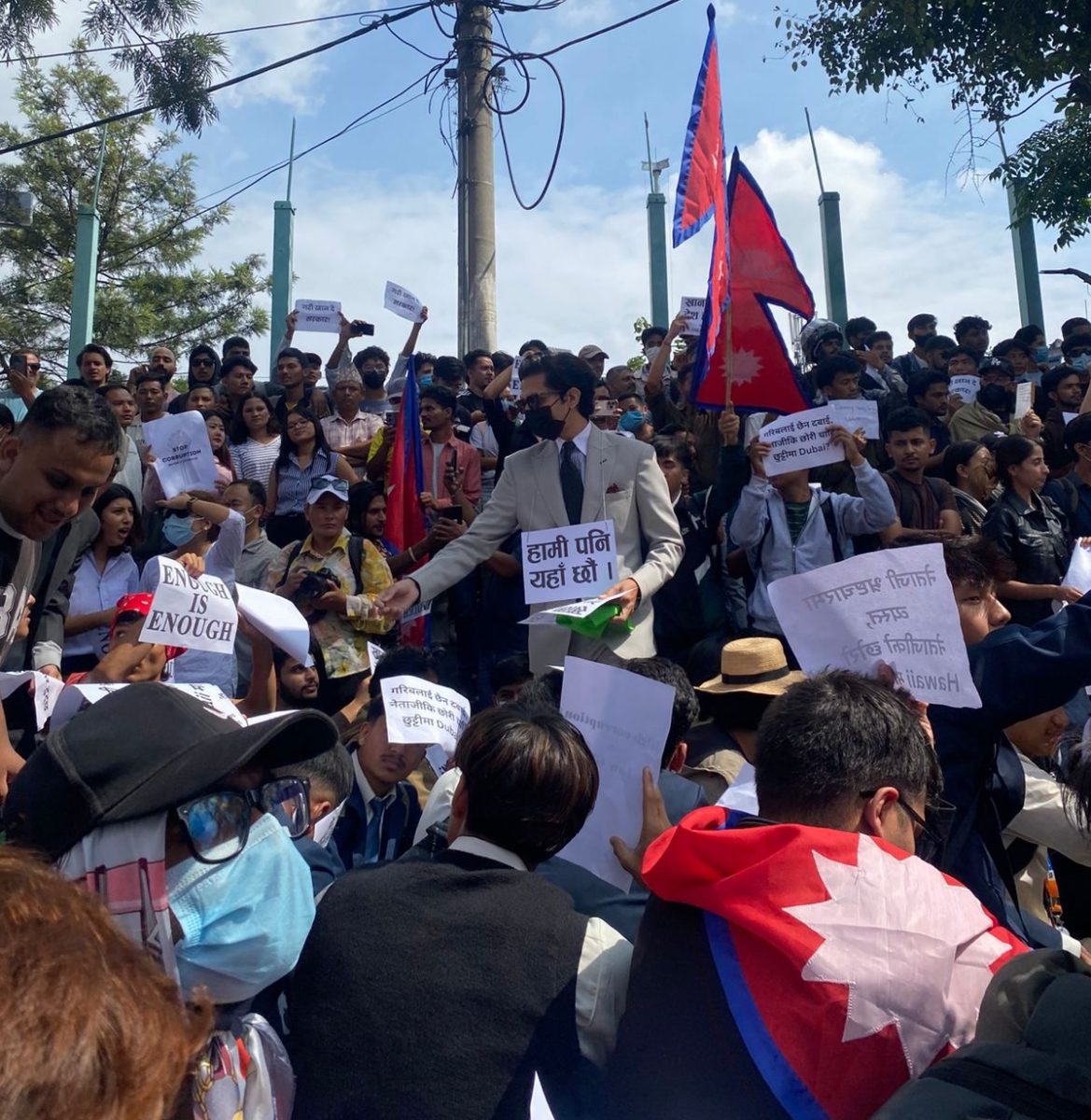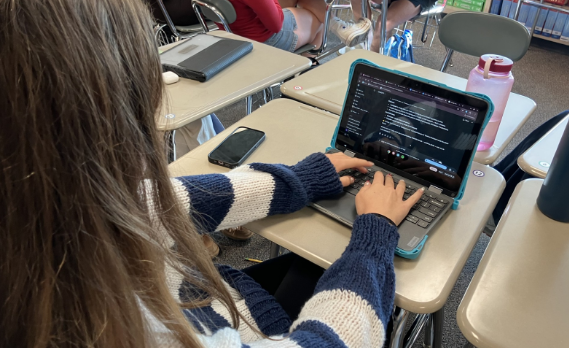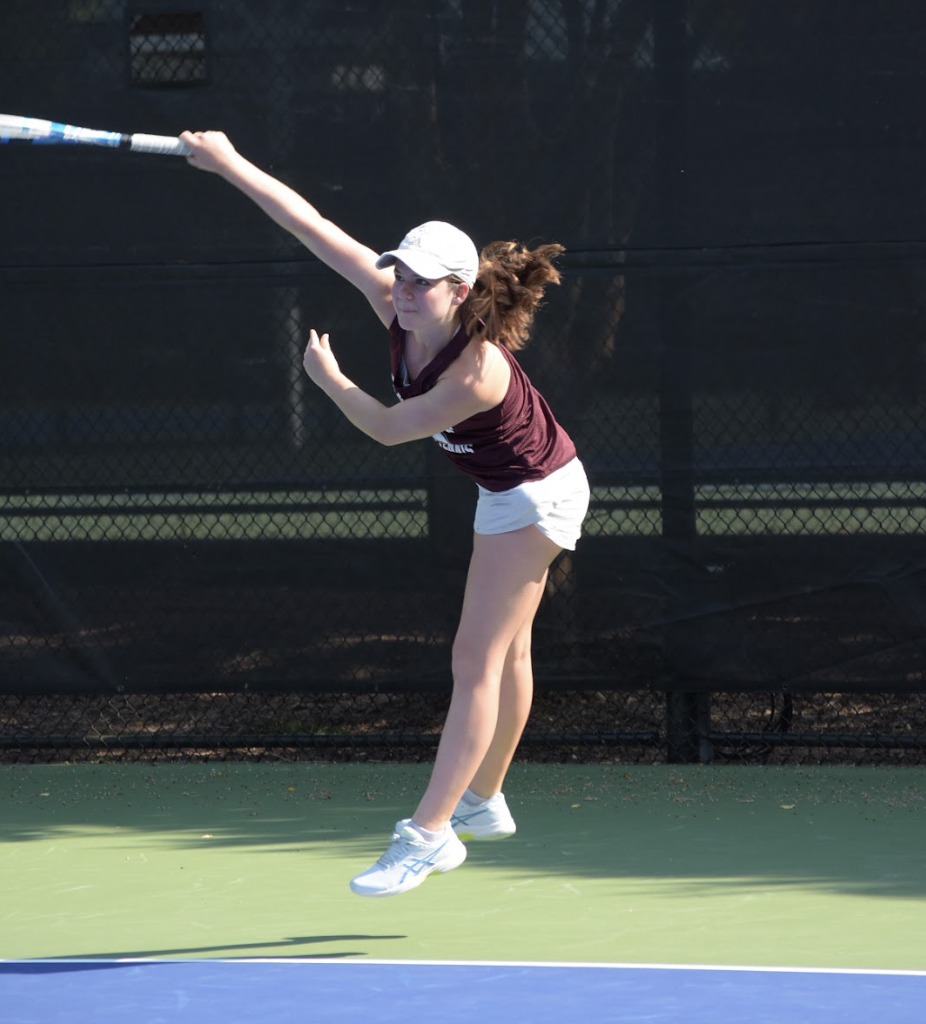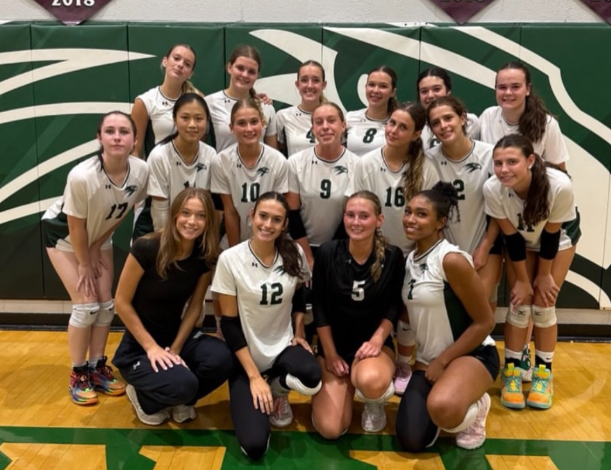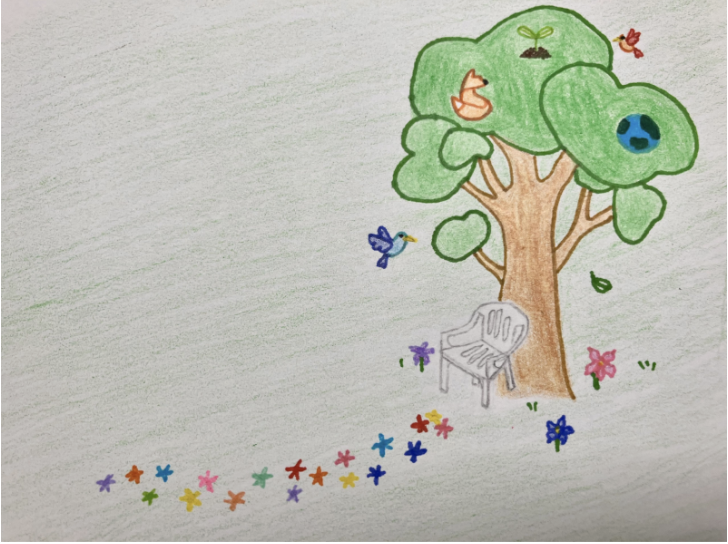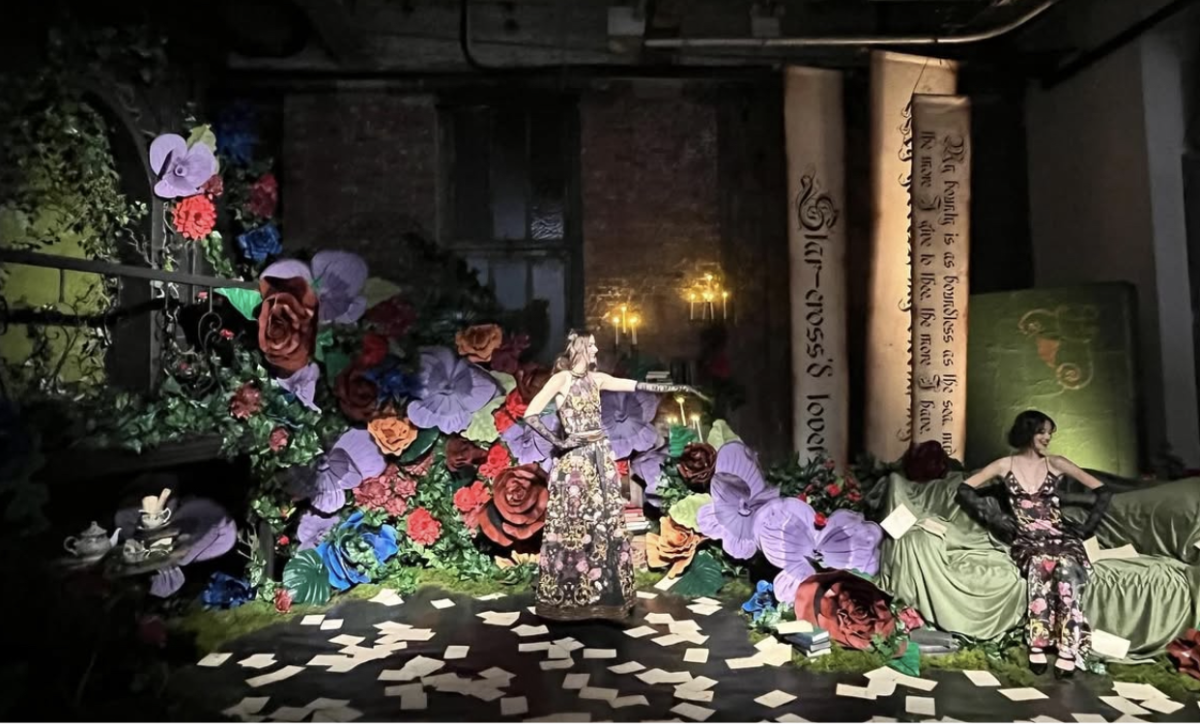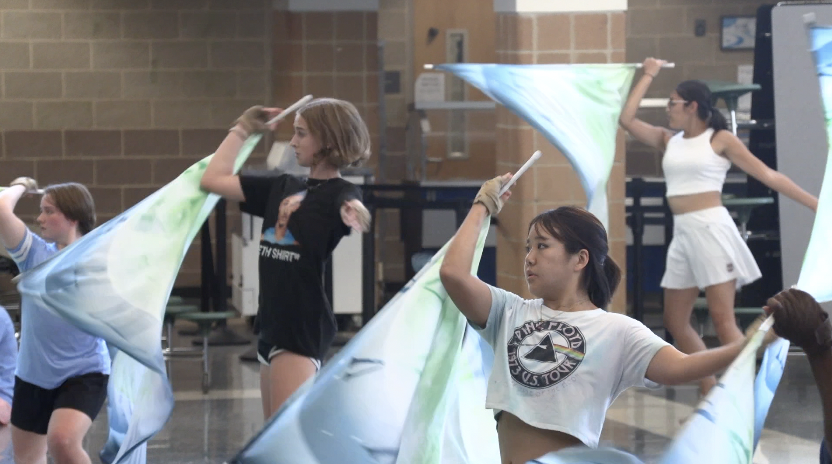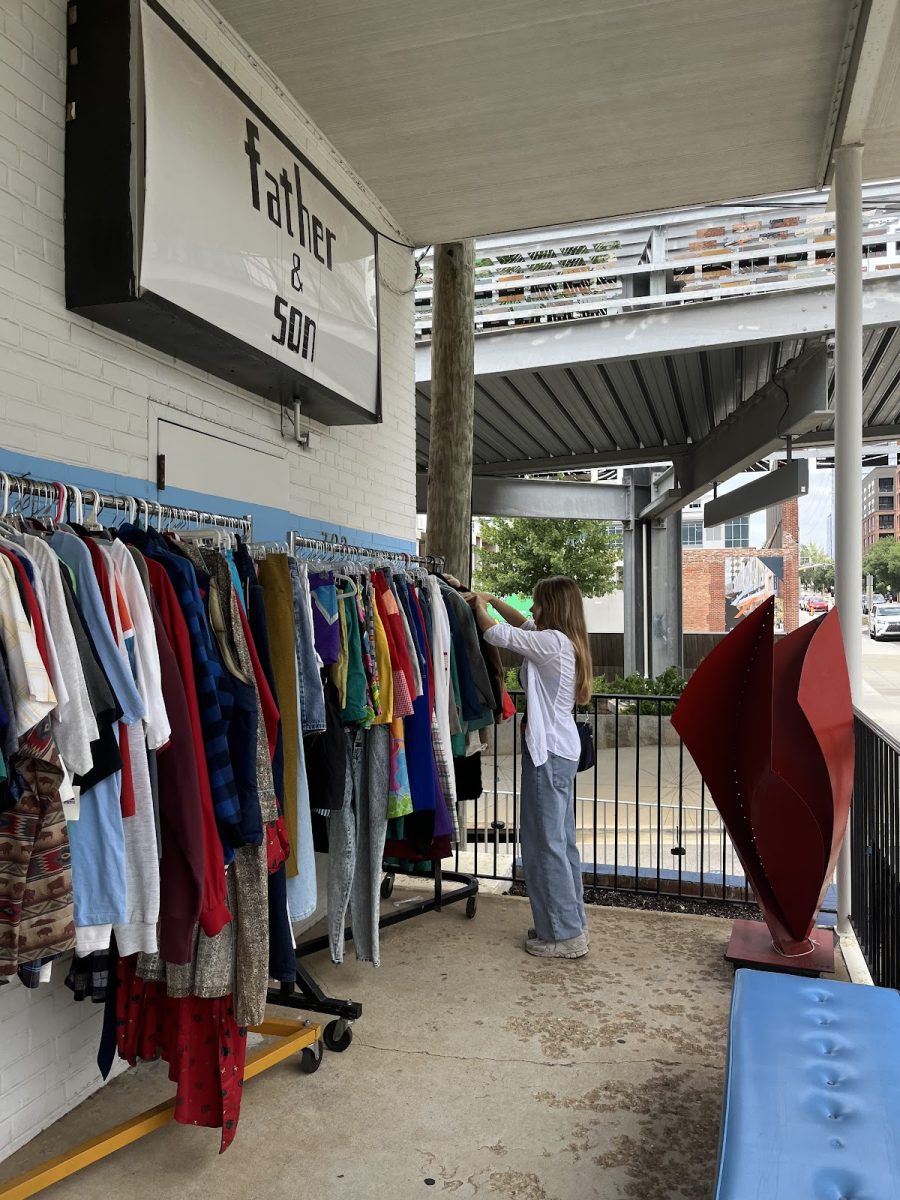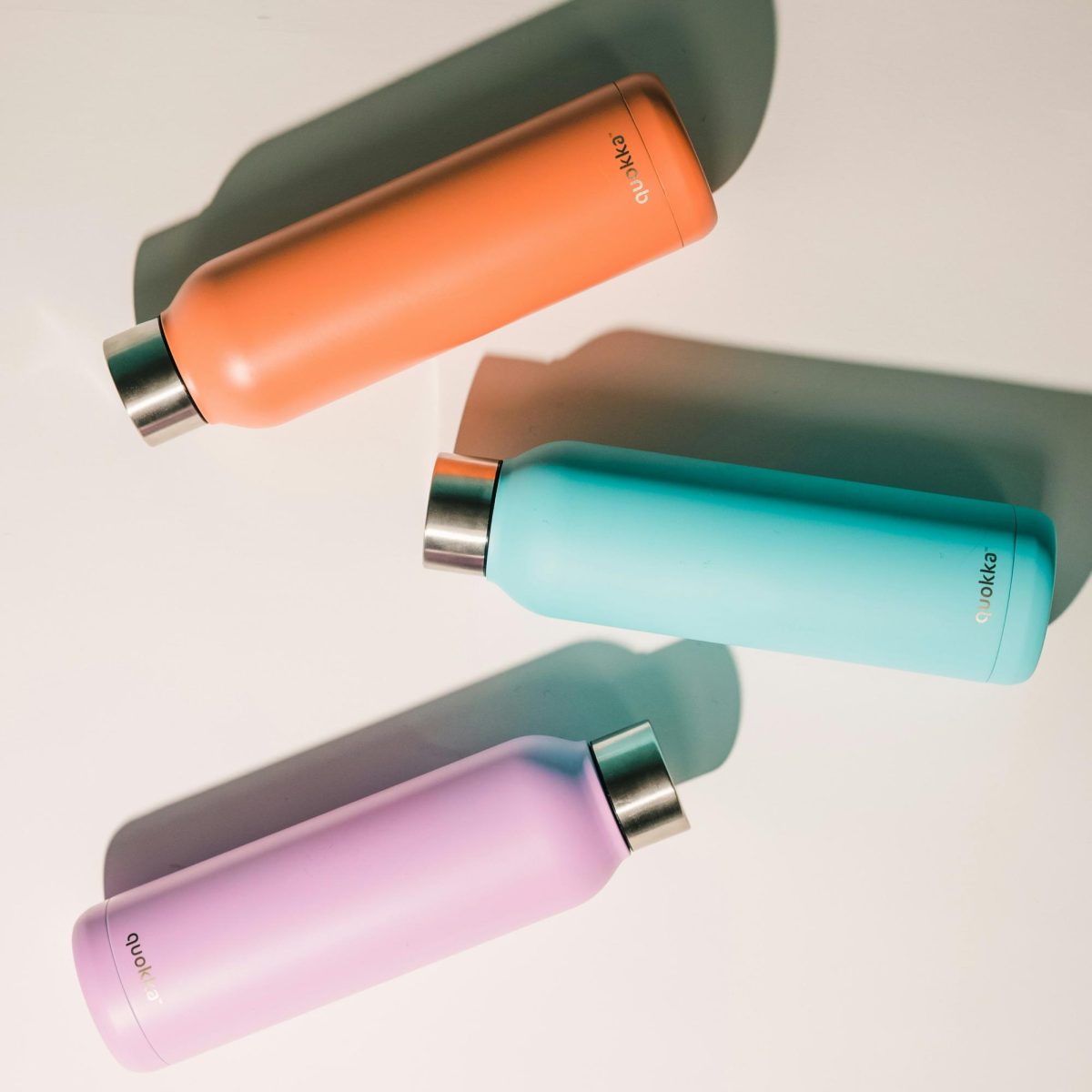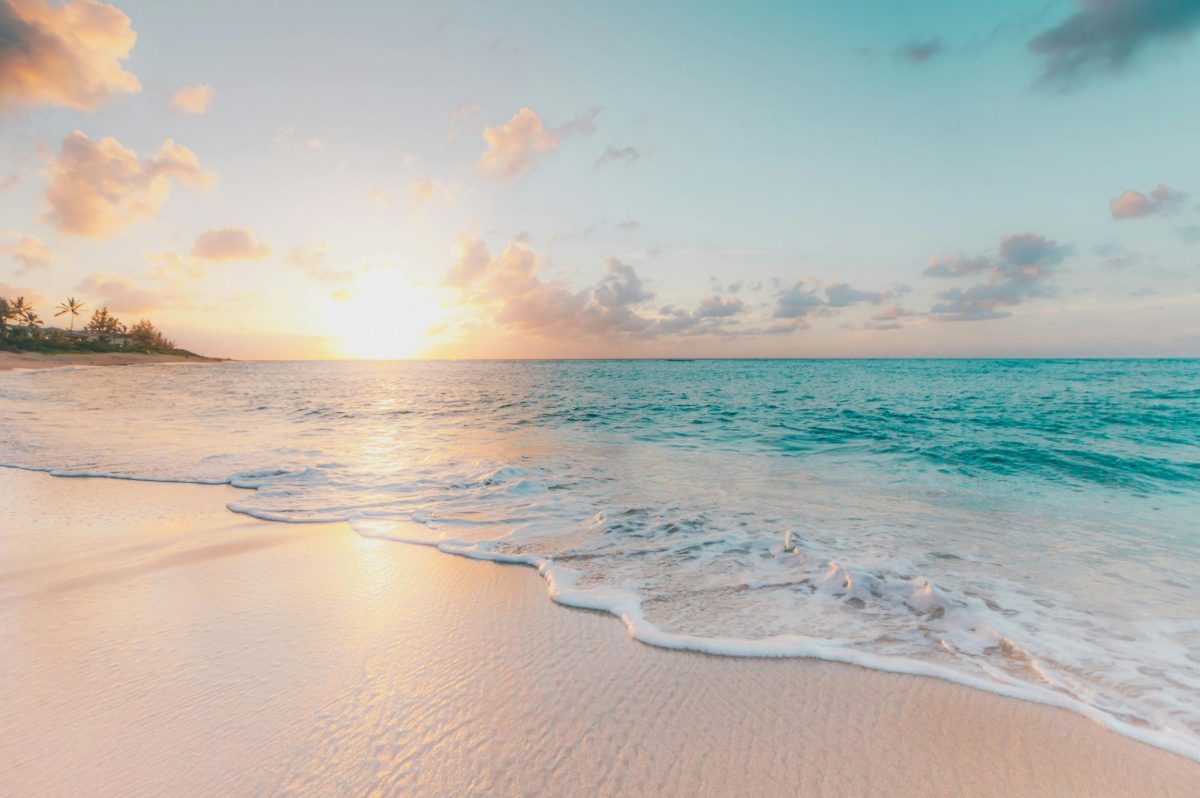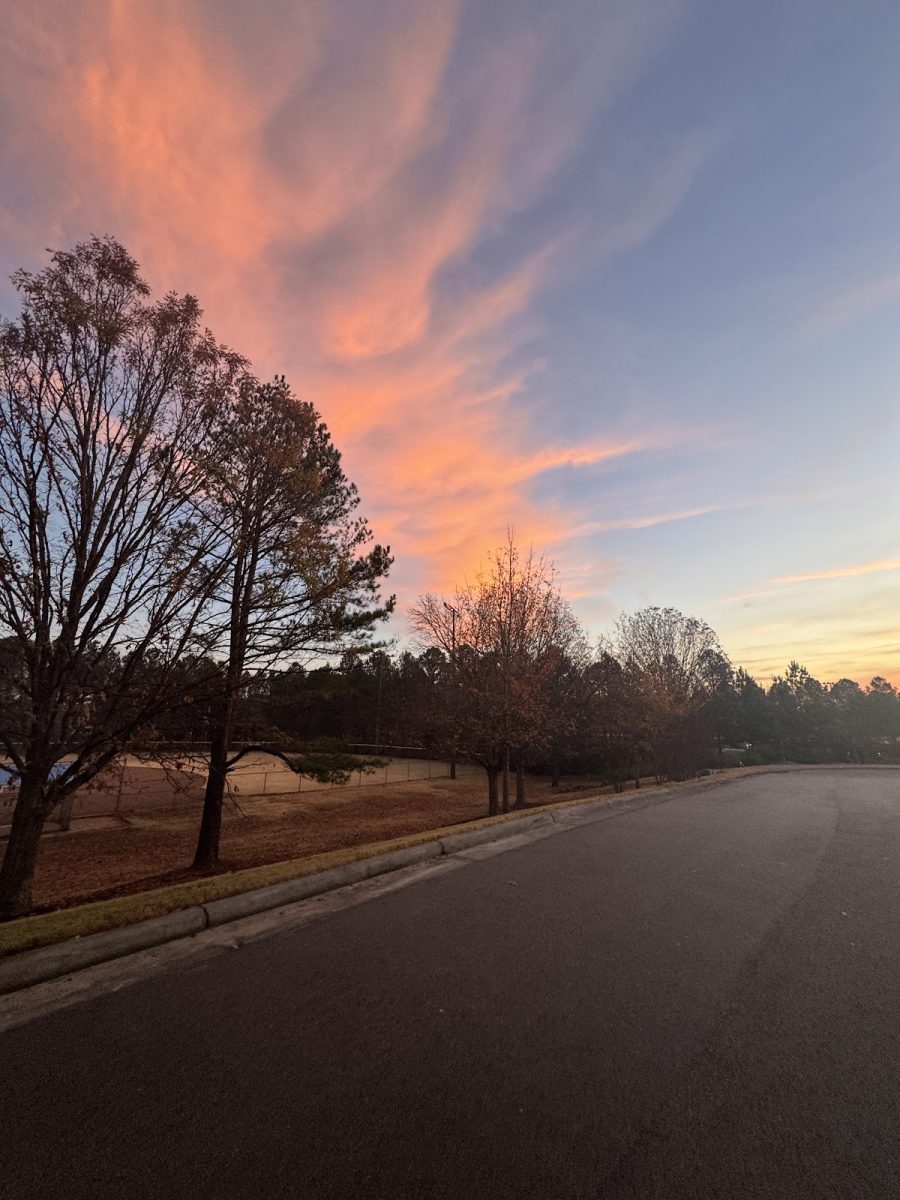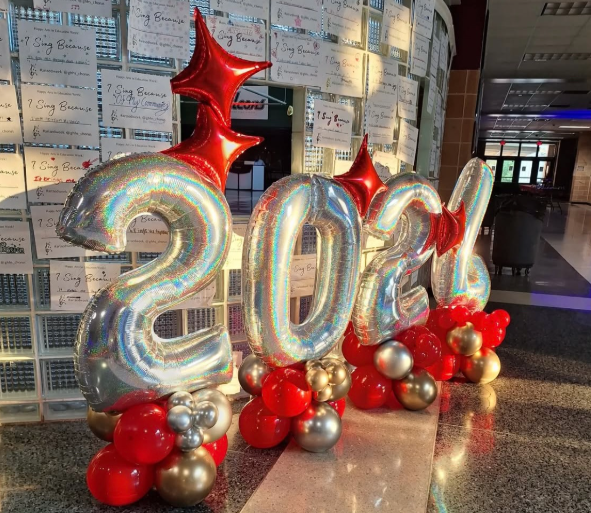Crisp mornings accompanied with chilly breezes this winter make it essential for students to dress in layers to keep warm and reduce risks of illness. While heavy snow may not be frequent in the area, the occasional rainfall and frosty weather do need a practical and well thought out choice of attire. For Green Hope students, winter days involve commuting between inside and outside to get from rooms to mods as well as extracurricular activities hence staying warm is essential to get through the cold. Additionally, some students find self-expression through personal style so using the right layering techniques can help students feel both cozy and confident this winter season.
First comes the Foundation Layer. This layer is important in providing insulation to the body. It also manages moisture by keeping sweat away from the skin making sure the person stays dry and comfortable. Options for the foundation layer vary from thermal shirts and fitted long-sleeves to lightweight wool shirts. Thermal shirts are ideal because of their ‘snug-fit’ features. Wool is the perfect material to keep warmth as wool is a natural insulator. Lightweight wool allows for maintaining warmth without feeling bulky. On a warmer fay, opt for fitted long-sleeves as they are a perfect casual base layer that is soft and breathable. It is best to opt for a foundation layer that fits snugly without being restrictive to ensure that the next layers sit comfortably and don’t give a bulky look.
Next is the Middle Layer. This is where fashion and self-expression come in. The middle layer acts as an insulating barrier. Options range from hoodies, sweaters and fleece pullovers. Fine wool sweaters or chunky knits and can be dressed up relative to whether the occasion is formal or casual. Hoodies are a versatile favorite among students at Green Hope because they are not only warm but they are also stylish. They work for layering under jackets and over the base layer. The fleece pullovers are lightweight yet warm and are a great option for the colder days. Perfect for students who have a lot of classes outside and need both flexibility and warmth. To express style, students can experiment with colors and textures. It is advised to choose materials that are easy to remove depending on whether they are inside or outside.
Now comes the most important: the Outer Layer. This is the barrier against outside elements – rain, wind and cold – and is the first thing people see, which makes it an opportunity to make a statement with your style all while staying functional. Puffer jackets, trench coats and parkas are perfect options. Parkas are heavy-duty selections for the coldest days and often come with fur-lined hoods making them practical and stylish. Trench coats lean more towards a ‘posh and polished’ look and are great to layer on top of hoodies or sweaters. Puffer jackets, the winter staple, are perfect with their insulation and trendy appearance. Their water-resistance adds more protection. Students should choose an outer layer that is bigger than the inner one for comfort.
Some may complain about the affordability but there are solutions to that as well. Thrift stores and second hand platforms, like Depop or Poshmark, offer the same clothing items but at much lower prices. There are stores like H&M which have more affordable and durable basics especially during seasonal sales. Reusing summer and fall clothes for winter outfits is also plausible. Summer tanks and white tees can serve as base layers under hoodies while fall cardigans as middle layers. Maxi dresses and skirts can be worked with thick thermal tights and a chunky sweater with boots to finish the look. Scarves, beanies and gloves are also usable in the winter time as they are neutral accessories that can work for different seasons.
When layering, it’s important to think of the outfit as a system in which every layer has a role. Begin with a fitted moisture barrier base, then a cozy and trendy middle and finally an outer layer that is both fashionable and functional for sustainability in winter fashion. These layering techniques will essentially help students stay both warm and stylish by creating outfits that are functional and fashionable.


